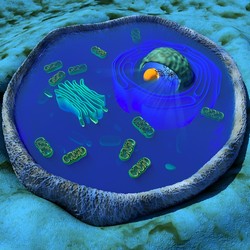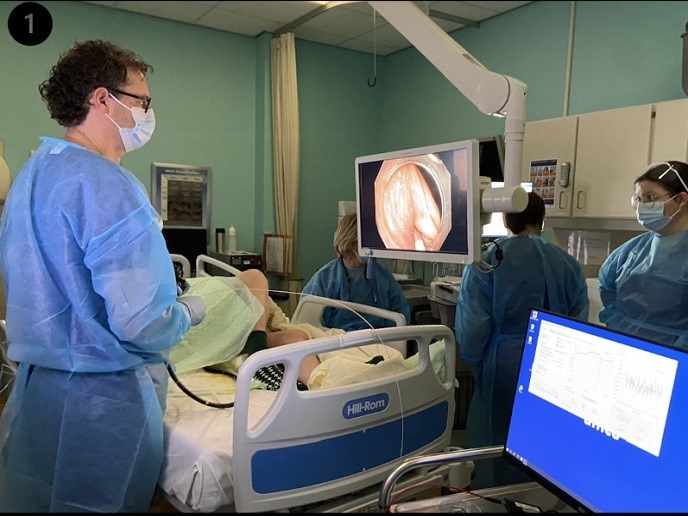A cellular alarm that prevents mutations
The so-called DNA damage checkpoint acts as an alarm system when cells experience problems at copying their chromosomes. This system brings in specialised factors to repair the problem and protect our genes. Failure to do so can lead to mutations and chromosomal aberrations, which are associated with cancer predisposition and human pathologies. As a result, it is of vital importance to understand how this mechanism works. Previous work by the EU-funded CHECKPOINT-INACT(opens in new window) (Novel mechanisms inactivating checkpoint response) consortium had identified novel checkpoint inactivating factors (CIFs) as key players in the checkpoint response. The human orthologues of these factors were already implicated in malignant transformation and cancer development but there was no evidence on their involvement in DNA repair. During the CHECKPOINT-INACT project, researchers employed genetic, genomic, molecular biology and proteomic approaches to characterise the role of these novel CIFs in the cellular response to genotoxic insults. In addition, they worked to identify CIF targets within the checkpoint pathway. Although the work was performed in budding yeast, it can directly be extrapolated to human cells given the evolutionary conservation of these mechanisms across species. Overall, the findings of the study offer fundamental knowledge on the cellular mechanisms of DNA repair that help preserve genome integrity. They also provide the basis for the future investigation of carcinogenesis and the development of therapeutic agents.







